29th October, 2025
10 Good Housekeeping Rules For A Tidy Construction Site
On construction sites, good housekeeping refers to the practice of keeping your site clean and tidy. A tidy work area reduces the risk of accidents and increases fire safety. Implement these 10 rules, and you should see a reduction in slip and trip accidents and near misses on your project.

Good Housekeeping is the name of a magazine, but in construction, good housekeeping is also about maintaining good standards of housekeeping. And that means a good, clean, and tidy working environment.
But should you even bother trying to make a construction site a clean and tidy place? Construction work is messy after all, and if you clean up now, there will only be more mess later.
Yes, you should practice good housekeeping!
- Reduce slip and trip hazards
- Avoid the cost of accidents
- Stay productive
- Make a good impression on visitors
A tidy work area reduces the risk of accidents and improves fire safety. If you don't have materials, waste and discarded tools lying around all over the place, there are fewer things to trip you up. Literally!
And if you stop rubbish from piling up, there's less fuel for a fire, and if one does start, clearer escape routes to get out safely.
Not only does good housekeeping improve safety, it will make your work more productive, and could even save you money. Because when a site is organised and tidy and everyone knows where everything is, they spend less time looking for things, and more time getting on with things!
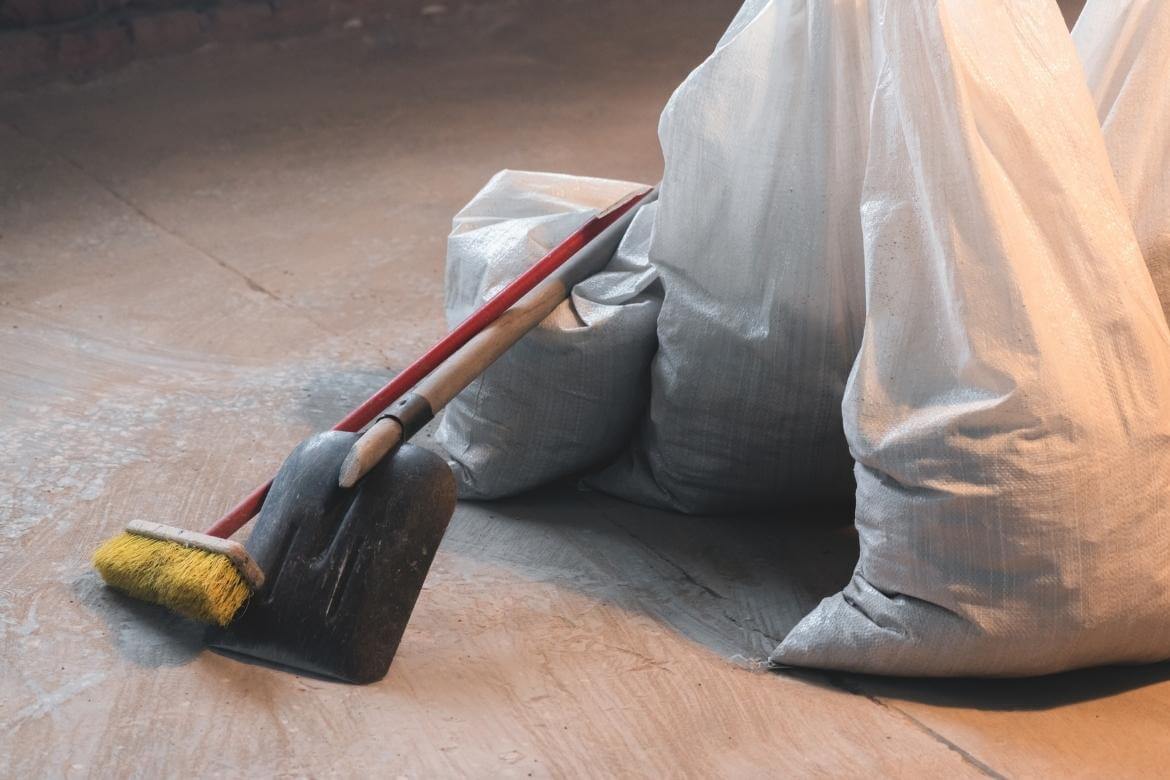
This is all well and good in theory, but let's face it, tidying up is one of the jobs that tend to end up last on the list. On construction sites, for example, tidying up tends to be left until the end of the shift. But that just means you're exposing yourself and others to trip hazards all day long – and that's when the accidents will happen.
So here are 10 good housekeeping rules for a tidy site. Implement these, and you should see a reduction in slip and trip accidents and near misses to your workforce.
1. Designate an area for rubbish and waste.
Before you start cleaning up your site, you need to create an area for waste to go. After all, if you want your work area free from waste materials, you need somewhere to put them.
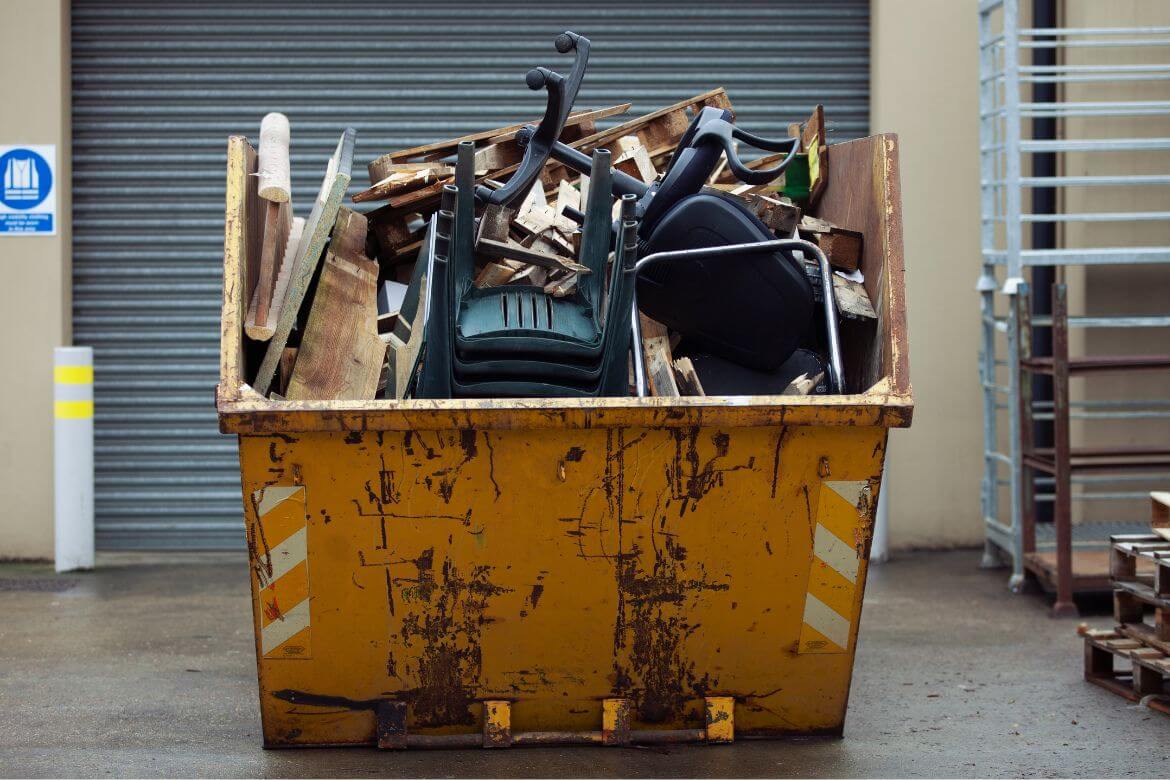
This could be a skip or other waste disposal bin, depending on the amount of waste you expect to create. A best practice solution is to segregate waste types for reuse, recycling, or landfill.
2. Stack and store materials safely.
Poorly stacked materials can block access routes or topple over, causing crushing injuries or damage to property. You are going to need materials and tools for use throughout your project, so make sure you store them safely to stop them from becoming a hazard.
3. Maintain a safe work area.
On a construction site, it's likely your job will create waste throughout the day. Whether it's packaging, demolishing, or off-cuts. Check your work area at regular intervals throughout the day and clear up as you go along.
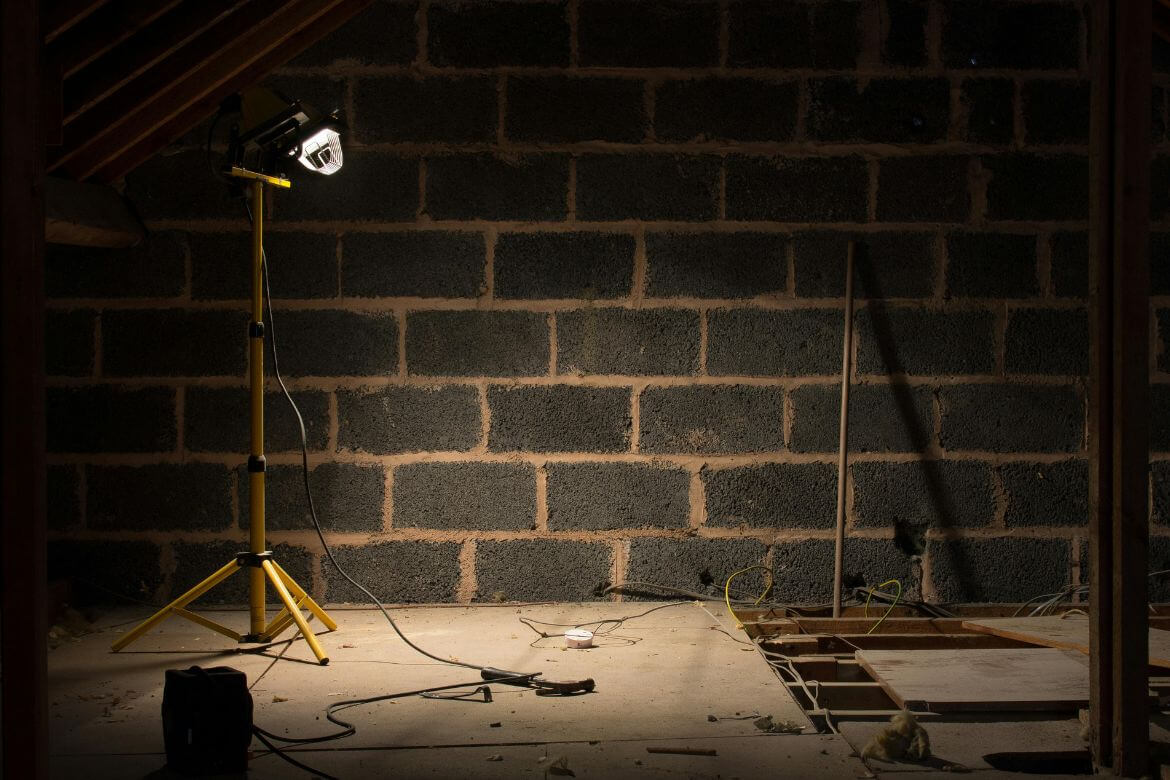
If trip hazards and mess are starting to build up, sort it out sooner rather than later.
4. Keep access routes clear.
A safe work area includes access and egress. It's how you get to your workplace, and how you leave.
Don't leave materials, tools and equipment in corridors where they might prevent or obstruct someone's escape or cause a trip hazard (it might be you or a colleague who needs to get out in a hurry).
5. Put tools away when you're done.
If you've finished using tools or equipment, put them away. It's easy to leave items lying around, but if you won't be needing them again in a hurry, put them away.
If it's out of use, it should be out of sight, or at least out from under your feet!
6. Set a tidy example.
Just because it's not yours, doesn't mean it's not your responsibility. If you see anything lying on floors, stairways, or passages that could cause people to trip and fall, pick it up and put it in a safe place.
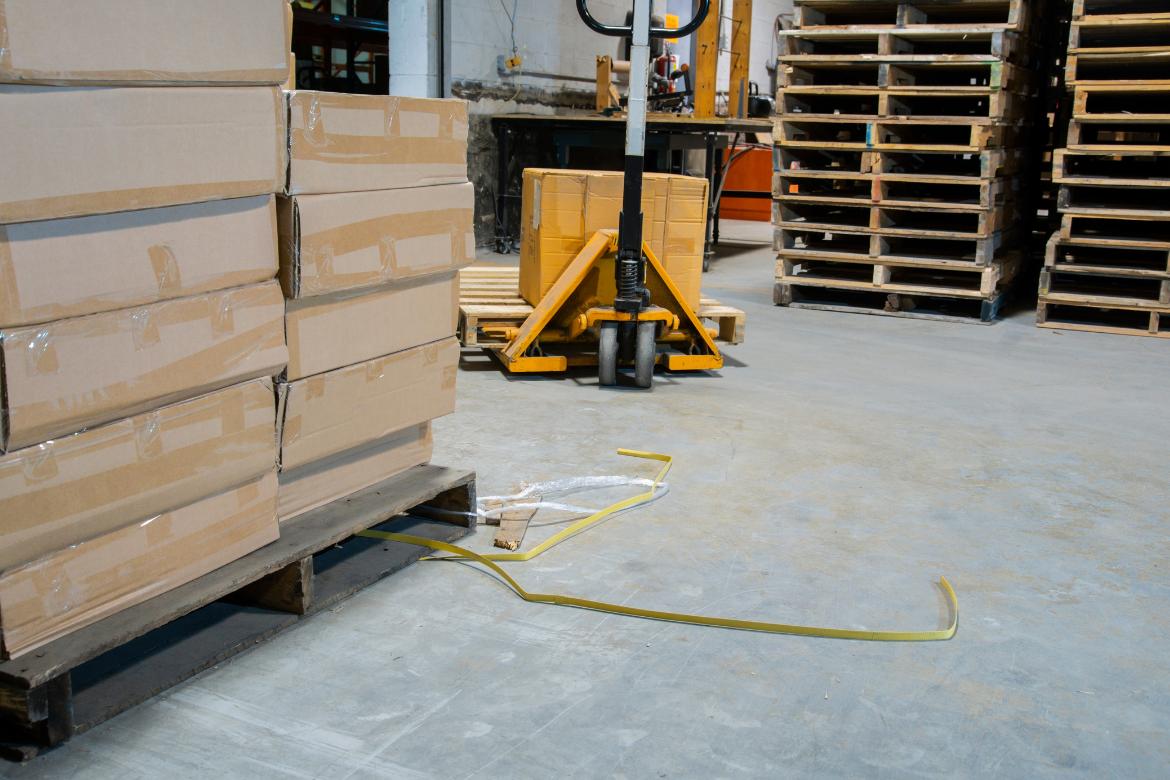
Don't wait for someone else to move it; the next person might be the one who gets hurt.
7. If it is broken, fix it.
Fix it, or ditch it. Good housekeeping is also about keeping things in good working order on site.
Damaged tools or equipment must be taken out of use so that they can either be repaired or replaced.
8. Don't let cables trip you up.
Poor housekeeping is one of the causes of slip and trip accidents at work.
Trailing leads and cables from equipment are common trip hazards, particularly when using portable equipment.

You may not have a socket close to the working area, but make sure you route the lead away from walkways or access routes. Route cables where they do not cause a trip hazard to you or others.
9. Avoid fire risks.
Make sure waste or the storage of materials does not build up in fire escapes, as you may need to use these escapes at some point.
Clearing up and removing waste is also a good way to prevent fires on site. Fire needs fuel, so don't allow waste materials to be stored close to sources of ignition.
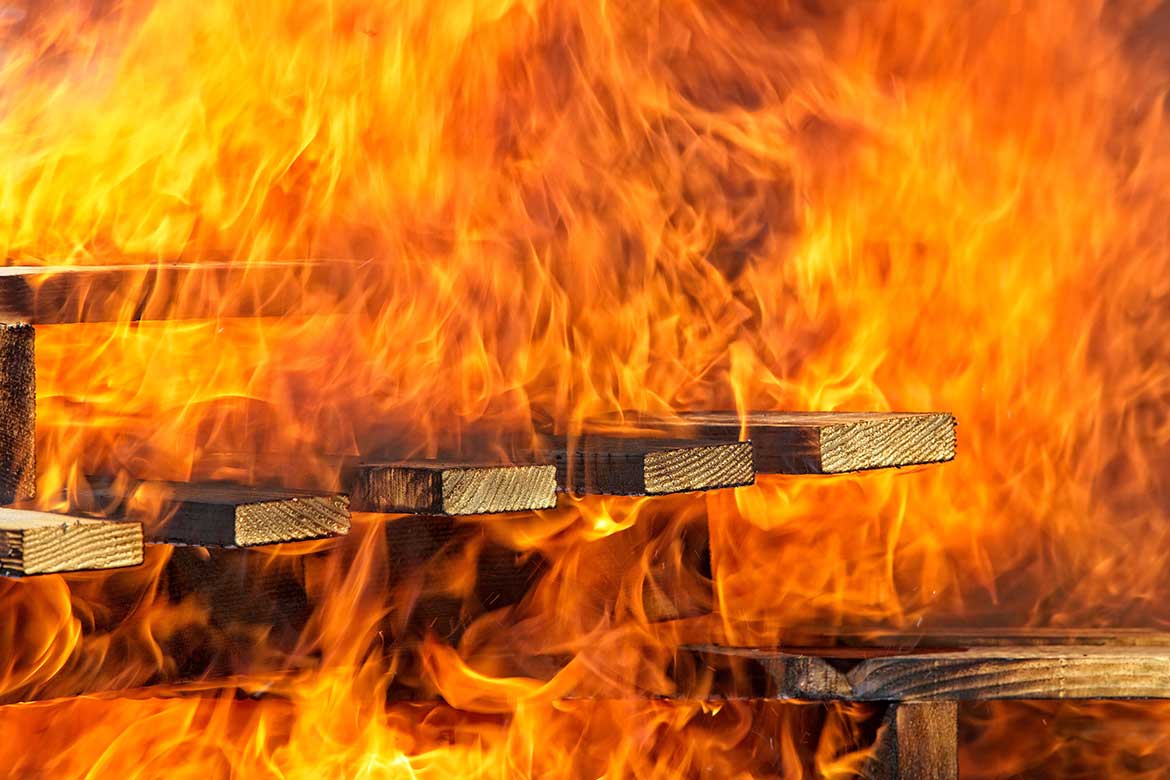
If all rubbish is regularly collected and put into the skip, in the event of a fire, the danger is confined and more easily dealt with.
10. Make others aware.
A tidy work area requires commitment from everyone. Raise awareness on your site with our free good housekeeping toolbox talk.
Get everyone practising the same good housekeeping routines and you will be on your way to a tidy and safe site for everyone.
Need to get the rest of your team on board with keeping a tidy site? Download the free good housekeeping toolbox talk and get everyone involved!
This article was written by Emma at HASpod. Emma has over 10 years experience in health and safety and BSc (Hons) Construction Management. She is NEBOSH qualified and Tech IOSH.
Need health and safety documents?
Search hundreds of health and safety documents ready to edit and download for your construction projects.
Find DocumentsRecent posts like this...

Securing Your Construction Site For Christmas Shutdown
Christmas is often the longest period your construction site will be closed, so site security is especially important. Because when you're away, things can go wrong. Shutting down your site and securing it from trespassers can help make sure that you don't get any nasty surprises.
Read Post
10 Winter Safety Tips For Construction Workers
Working outside in the winter can be a challenge for keeping warm, but winter work can also create safety hazards and increase the risk of accidents on site, due to poor weather conditions, reduced lighting, and hidden dangers. Here are 10 winter safety tips for construction workers.
Read Post
10 Good Housekeeping Rules For A Tidy Construction Site
On construction sites, good housekeeping refers to the practice of keeping your site clean and tidy. A tidy work area reduces the risk of accidents and increases fire safety. Implement these 10 rules, and you should see a reduction in slip and trip accidents and near misses on your project.
Read Post